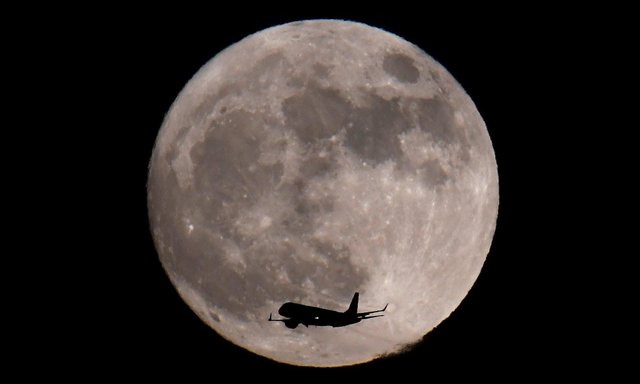
The waxing and waning of the moon over of the course of the lunar year was how our ancient ancestors tracked the changing seasons.
And, of course, they gave the various moons special names to reflect when they occurred and their significance to their lives.
It also happened to be a ‘supermoon’, too — when a full moon comes closest to the earth on its elliptical orbit and appears as a brilliant white disk that seems about 14 per cent bigger and 30 per cent brighter than normal.
Indeed, this combined ‘wolf supermoon’ heralds the start of an intense bout of lunar activity which, as I shall explain, could be having a marked effect on human behaviour.
On the last day of this month we will be treated to another supermoon.
And because it is that comparatively rare thing — a second full moon occurring within the space of a calendar month — it is also known as a blue moon.
But first, the ‘wolf moon’, so-called because it was believed to make wolves howl with strange and frightening vigour.
Animal behaviour experts know that wolves howl more around this time of the year, not least because they are revving up for the start of the breeding season in February and feeling the effects of a surge in testosterone.
Hi! I am a robot. I just upvoted you! I found similar content that readers might be interested in:
https://en.mogaznews.com/Technology/772399
Downvoting a post can decrease pending rewards and make it less visible. Common reasons:
Submit